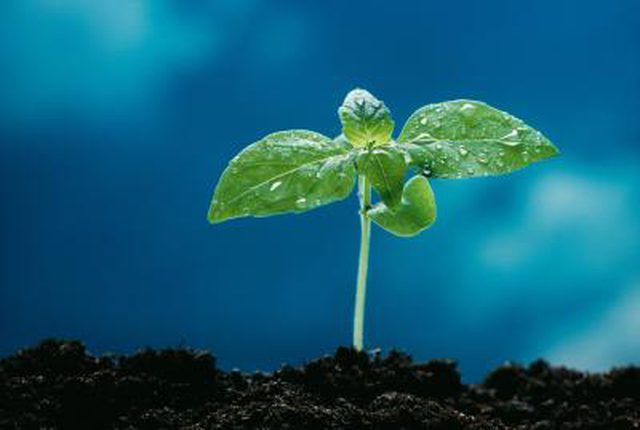Bulbs
Flower Basics
Flower Beds & Specialty Gardens
Flower Garden
Garden Furniture
Garden Gnomes
Garden Seeds
Garden Sheds
Garden Statues
Garden Tools & Supplies
Gardening Basics
Green & Organic
Groundcovers & Vines
Growing Annuals
Growing Basil
Growing Beans
Growing Berries
Growing Blueberries
Growing Cactus
Growing Corn
Growing Cotton
Growing Edibles
Growing Flowers
Growing Garlic
Growing Grapes
Growing Grass
Growing Herbs
Growing Jasmine
Growing Mint
Growing Mushrooms
Orchids
Growing Peanuts
Growing Perennials
Growing Plants
Growing Rosemary
Growing Roses
Growing Strawberries
Growing Sunflowers
Growing Thyme
Growing Tomatoes
Growing Tulips
Growing Vegetables
Herb Basics
Herb Garden
Indoor Growing
Landscaping Basics
Landscaping Patios
Landscaping Plants
Landscaping Shrubs
Landscaping Trees
Landscaping Walks & Pathways
Lawn Basics
Lawn Maintenance
Lawn Mowers
Lawn Ornaments
Lawn Planting
Lawn Tools
Outdoor Growing
Overall Landscape Planning
Pests, Weeds & Problems
Plant Basics
Rock Garden
Rose Garden
Shrubs
Soil
Specialty Gardens
Trees
Vegetable Garden
Yard Maintenance
How to Grow a Gerbera Daisy from Seed
How to Grow a Gerbera Daisy from Seed. The gerbera daisy, a member of the aster family, is used in flower beds and borders, as well as being a popular choice for growing in flowerpots and containers. The cut flowers are popular in bouquets because of their cheerful appearance and vivid colors, which include red, yellow, orange and white. Gerbera...

The gerbera daisy, a member of the aster family, is used in flower beds and borders, as well as being a popular choice for growing in flowerpots and containers. The cut flowers are popular in bouquets because of their cheerful appearance and vivid colors, which include red, yellow, orange and white. Gerbera daisies are annuals, but many gardeners prolong their lives by bringing them indoors before the first frost and keeping them as houseplants. If you want to grow a gerbera daisy from seed, keep in mind that the seeds of these plants do not germinate as readily as others, and you can expect some misfires. By following specific guidelines for indoor germination, however, you can increase your odds of growing a perfect gerbera daisy from seed.
Things You'll Need
Peat moss
Perlite
Growing tray
Spray mister
Fresh gerbera daisy seeds
Clear plastic wrap
Seedling heating mat
Incandescent light
Small flowerpots or containers
Potting soil
In early March, select a location for your gerbera daisy's future home. Whether you plan to place it in your garden or keep it in a container, make sure it will receive four to six hours of sunlight, and that the soil has good drainage. The advantage of growing the daisy in a container is that you can easily move it to another location in order to protect it from a summer hailstorm, re-locate it to follow sunlight, or use it on a patio table for a pretty centerpiece.
Make a mix of equal parts peat moss and perlite, and spread it in a growing tray to a depth of one inch. For good drainage, make sure the tray has holes in the bottom.
Moisten the mixture evenly with a spray mister.
Sow at least two dozen gerbera seeds in the growing mix by inserting the pointed end down. Overplanting increases the chances of success, as gerbera seeds are notoriously fickle when it comes to sprouting. Do not bury seeds completely; they need light in order to germinate.
Enclose the tray with plastic to maintain moisture and humidity.
Place the tray on top of the seedling heating mat. The seeds need a bottom heat temperature of 77 to 82 degrees.
Provide at least twelve hours per day of incandescent light. Germination should occur in two to four weeks.
When the seedlings display two sets of leaves, transplant each one into a small flowerpot pot containing well-drained potting soil. Don't wait too long to do this, or the seedlings' roots can become entangled.
At the beginning of June--approximately twelve weeks after sowing the seeds--move your gerbera daisies outside to take advantage of summer sun.
Tips & Warnings
Packets of gerbera daisy seeds should not be stored for longer than a year. To protect viability, keep them in a cool, dark place such as a cellar or refrigerator. Once the moisture-proof seed packet is opened, seeds should be planted promptly.
To avoid crown rot, a fatal fungus infection that attacks gerbera daisies and causes a jelly-like stem and dark discoloration of foliage, be careful not to water your gerbera daisy at the center of the plant.